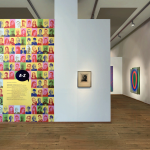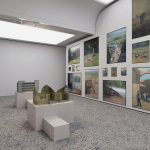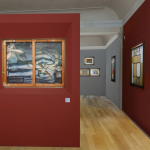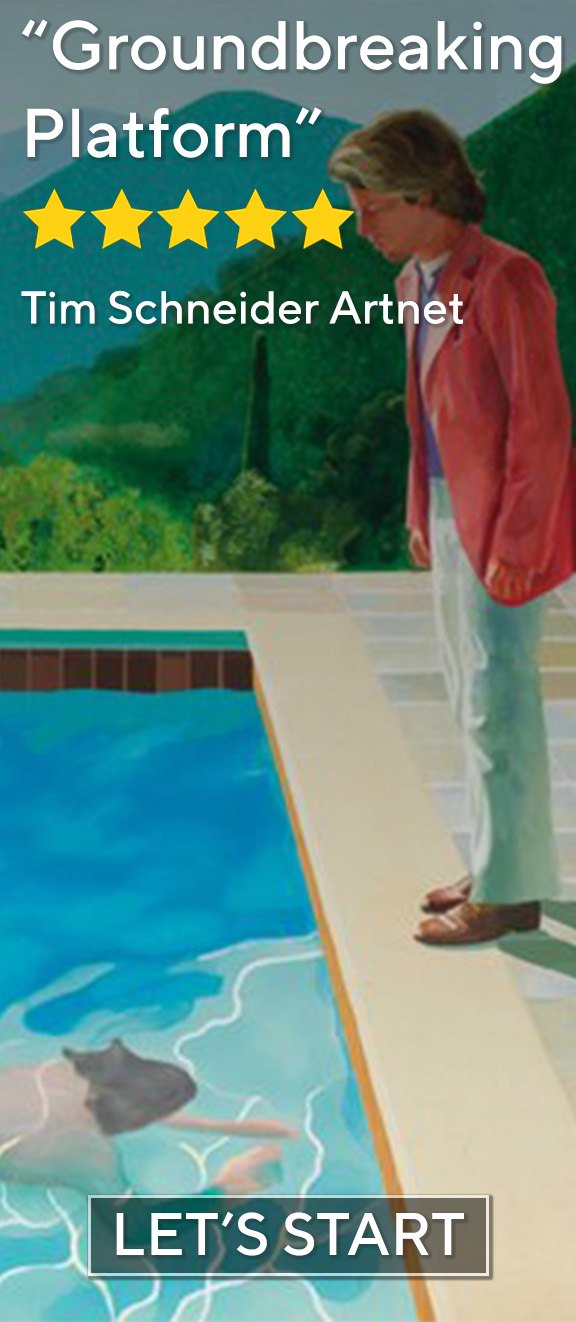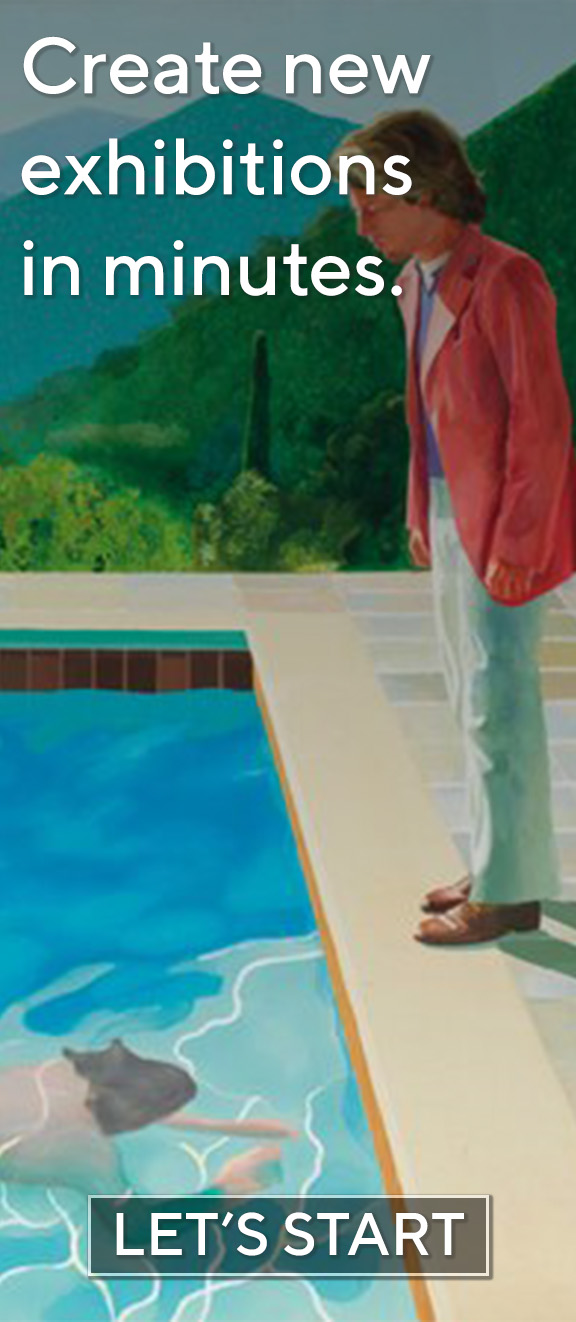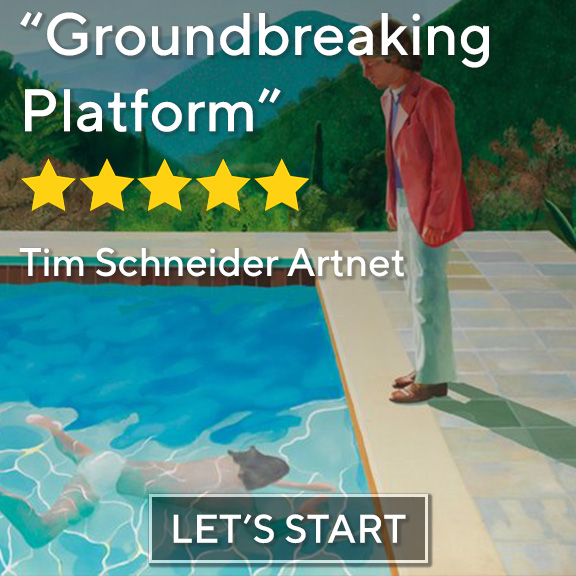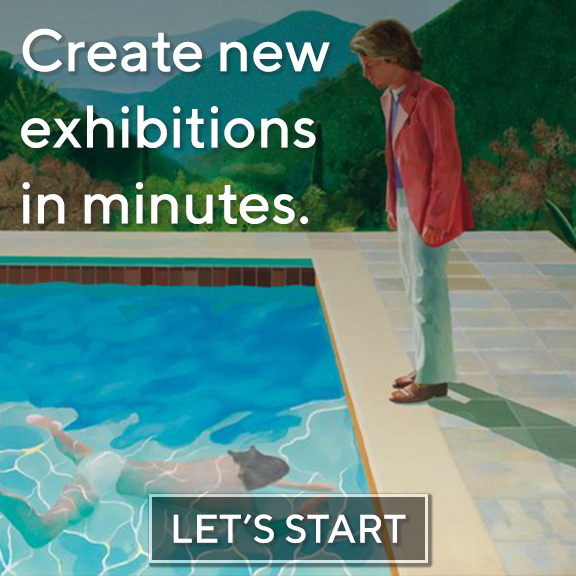“Pergamonmuseum. The Panorama” is currently on view in Berlin.
“Pergamonmuseum. The Panorama” offers a compelling fusion of historical reconstruction and contemporary artistic vision, creating an immersive experience that transcends the static display of antiquities. Housed in a temporary structure opposite Berlin’s Bode-Museum, this panoramic installation reanimates the monumental Pergamon Altar during a period when its original home remains inaccessible due to renovations. By combining rigorous archaeological research with advanced digital modeling, Asisi constructs a vivid narrative that situates ancient Pergamon within both its mythological grandeur and modern institutional context.
The curatorial framework centers on the interplay between physical remnants and imaginative reconstruction. Rather than presenting fragmented sculptures as isolated relics, the exhibition integrates them into a broader visual and conceptual continuum. This approach aligns with the exhibition’s cultural mission: to bridge scholarly discourse and public engagement. Four artworks stand out for their ability to articulate the exhibition’s thematic depth
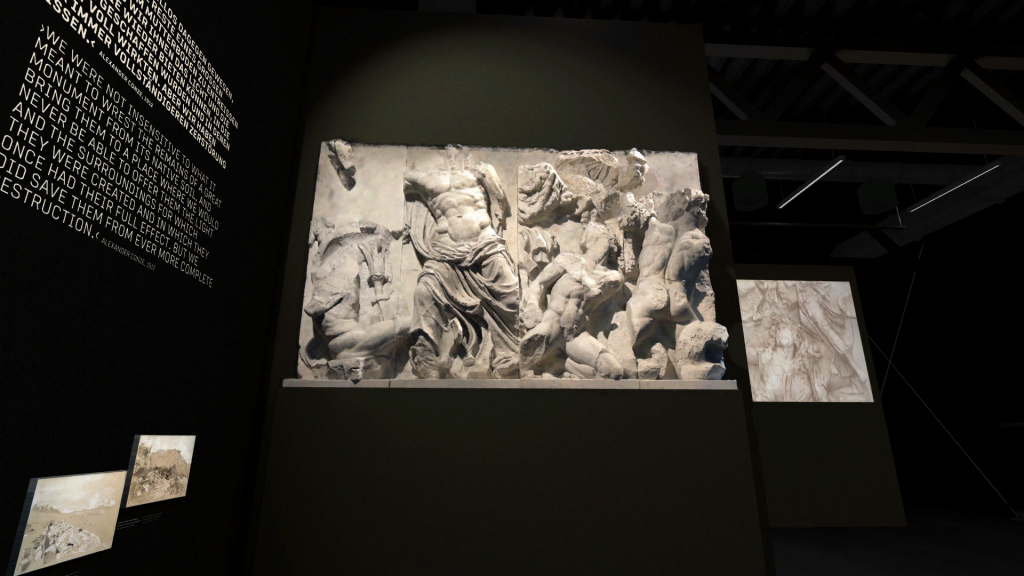
This plaster cast of an original marble relief from the East Frieze captures the climactic moment of divine battle—Zeus poised to strike down the serpent-legged giant Porphyrion. Rendered with dramatic dynamism, the figures embody the Hellenistic ideal of expressive movement and anatomical precision. The composition reflects not only technical mastery but also ideological messaging: Olympian order triumphing over primordial chaos. As the central motif of the frieze, this group symbolizes the political power and religious authority of Pergamon’s rulers, who aligned themselves with the gods through such monumental art.

This seated figure of the Phrygian mother goddess exemplifies the synthesis of Eastern and Hellenistic artistic traditions. Her elaborate throne and flowing drapery convey both regality and sacred mystery, while her rigid frontal posture evokes archaic iconography. Kybele’s presence in the Pergamon collection underscores the city’s cultural hybridity and spiritual pluralism. In contrast to the violent action of the Gigantomachy, this sculpture represents stability and cosmic continuity—an essential counterpart to the altar’s martial imagery.

Griffin from the Roof of the Pergamon Altar (marble, c. 2nd century BCE)
This fragmentary sculpture of a griffin—a mythical creature part lion, part eagle—once crowned the altar’s roofline, serving as a guardian against malevolent forces. Its stylized form and muscular anatomy reflect the high level of craftsmanship associated with Pergamene sculptors. More than decorative, the griffin symbolizes the protective function of the altar as a sacred space. Positioned at the architectural summit, it would have been visible from a distance, reinforcing the monument’s imposing presence in the acropolis.
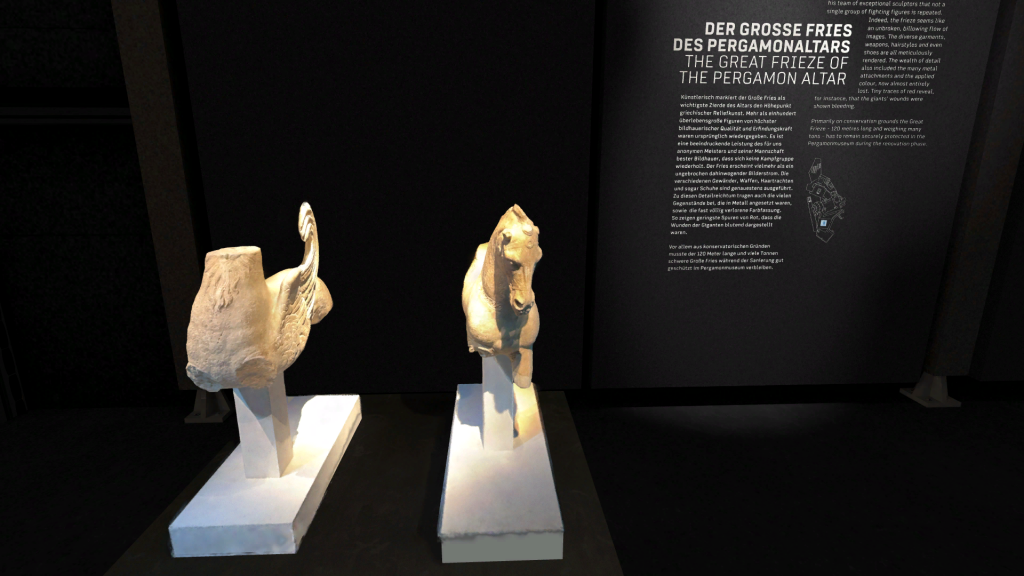
This dynamic depiction of a horse, possibly part of a quadriga atop the altar, illustrates the vitality and naturalism characteristic of Hellenistic sculpture. The animal’s flaring nostrils, taut musculature, and forward-leaning stance evoke motion and urgency. As a component of the altar’s architectural program, the horse contributes to the overall sense of divine energy and cosmic upheaval. It also resonates with broader classical motifs—such as the chariot of Zeus or the triumphal processions of gods—linking the Pergamon Altar to a larger visual tradition
The panorama does not merely reconstruct the past—it invites us to walk through it, question it, and feel its weight in our present.”
The exhibition’s resonance extends beyond art historical inquiry into broader cultural dialogues. In an era marked by contested monuments and shifting narratives of identity, “The Panorama” prompts reflection on how we reconstruct the past. The inclusion of Byzantine-era wall fragments—repurposed from altar ruins—highlights the continuous layering of history, where one civilization’s destruction becomes another’s foundation.
Culturally, “The Panorama” evokes the spirit of 19th-century visual spectacles while updating them with modern technology. Much like the immersive cycloramas of the past, Asisi’s work invites a sense of awe and participation. Yet unlike those earlier panoramas, which often served nationalist or imperialist agendas, “The Panorama” embraces a more fluid and collaborative historiography, emphasizing shared human heritage over singular authority.


